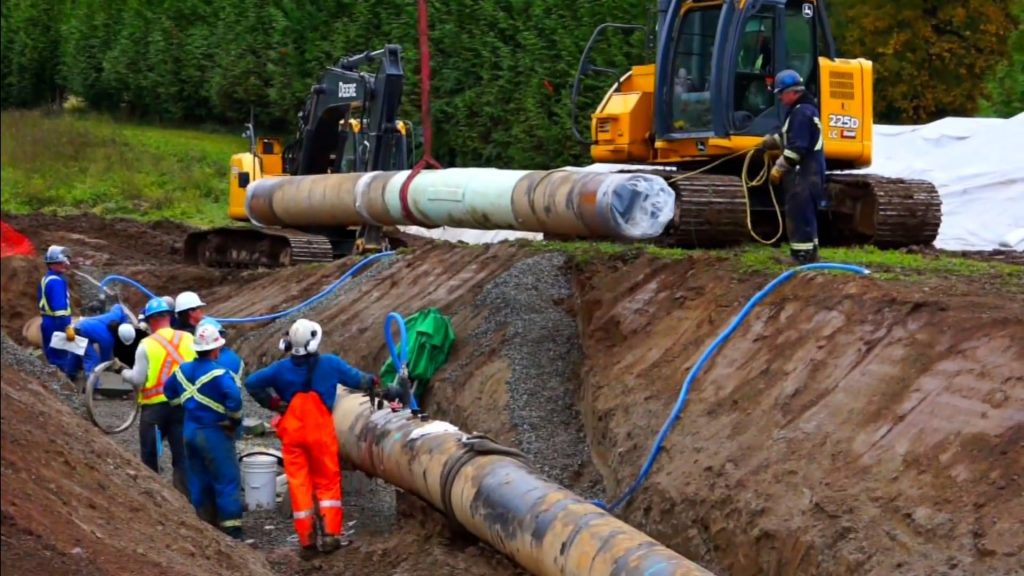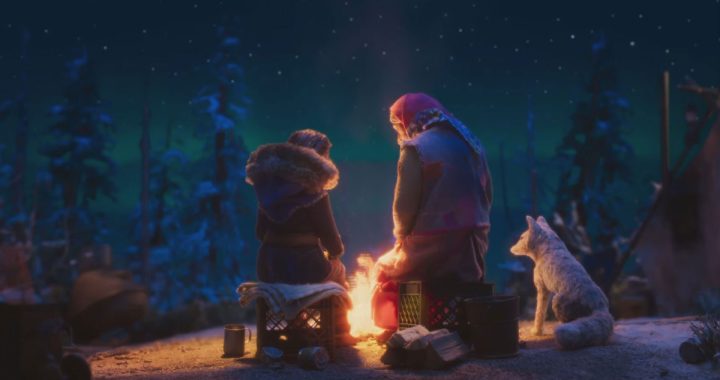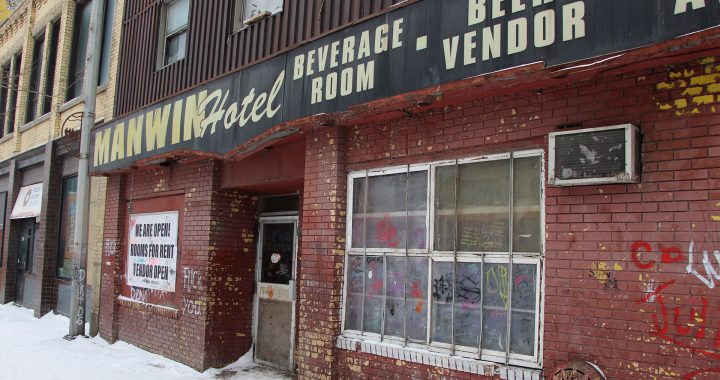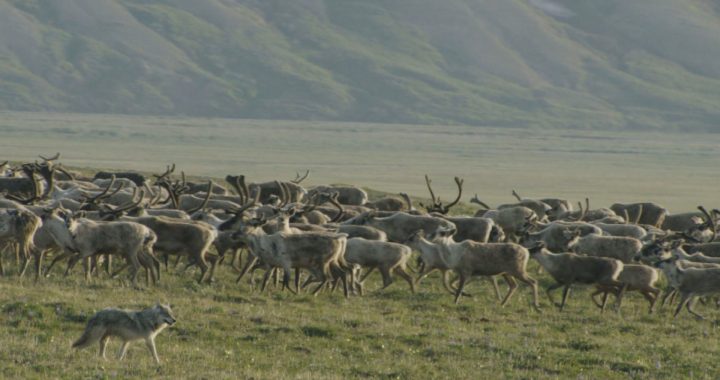
Temporary workers camps can lead to violence against women, says a new report from Ottawa
A new report by the Standing Committee on the Status of Women shows a significant link between resource extraction and violence against Indigenous women in Canada.
The report, which analysed data from a range of sources, including written submissions from experts and witnesses who testified at the committee, makes 15 recommendations, including requiring companies to track reports of harassment and violence.
The report released last week was written in response to the findings of the National Inquiry into Missing and Murdered Indigenous Women and Girls.
The inquiry concluded that resource development projects can “exacerbate the problem of violence against Indigenous women and girls” from non-Indigenous men, as well as within Indigenous communities. The report says the resource sector in Canada employs approximately two million people and more than 900 communities rely economically on the work.
Resource workers are typically males who live in temporary housing while working in mining, oil and gas development projects. Their housing or ‘man camps’ have been linked to violence against women and mental health and addiction issues.
‘Canada’s failure’
“My testimony really focused on Canada’s failure – and when I say Canada, I mean federal, provincial, municipal governments, corporation and you know, society – their failure to protect Indigenous women and girls when it comes to the resource extraction industry,” says Pam Palmater, chair of Indigenous governance at Toronto Metropolitan University.
Palmater, who testified at the committee about the issues of violence against Indigenous women and girls, says the RCMP is a particular worry.
“My concern is that they say, ‘Oh, the RCMP should be more involved to protect Indigenous women.’ And I am saying we do not want the RCMP there. The RCMP is literally infected with racism, misogyny and sexualized violence against their own members,” says Palmater.
“And there’s clear documentation of the violence against Indigenous women…it was like what are you going to do to hold the police accountable?”
Another recommendation for companies is to use gender-based analysis to study the effects of man camps on the surrounding communities.
Bare minimum
Naomi Sayers, a First Nations lawyer based in Ontario, says the recommendations from the committee should be the bare minimum when it comes to protecting women and girls. Sayers has worked in energy law on the corporate side and with First Nations affected by resource extraction on the community side.
“It is a pretty reasonable conclusion that when you have a number of people who are not connected to a community…that there is going to be a higher incidence of violence because there’s no accountability,” she says.
Hiring more Indigenous women to work in the oil and gas industry is not going to solve the issues, she added.
“These are long-standing problems and legacy issues that would require systemic change…construction and energy are just not inviting for women in general,” Sayers said. “The recommendations are the bare minimum that need to be done anyway.”
Danielle Boudreau, who used to run the March for Murdered and Missing Indigenous Women in Edmonton, would like to see more training for oil and gas workers when it comes to violence against Indigenous women and girls.
Training
“Training should be offered the same as the other safety training that workers do,” she says. “I want to see training similar to John schools where they tell you about the effects of violence against women in the community.”
John School is a post-court diversion program offered to people charged with purchasing sex. The topics cover human trafficking, healthy sexual behaviours and addictions, and the laws around purchasing sex.
Palmater was glad to see the voices of Indigenous women included in the conversation, as well as the report drawing connections to the destruction of land as being a part of violence against Indigenous women.
“The whole issue is a battle over land, but I didn’t see any recommendations about land back or enforcing control over the land,” she says. “…This is about land and money and resources and they don’t care who gets hurt by it.”










